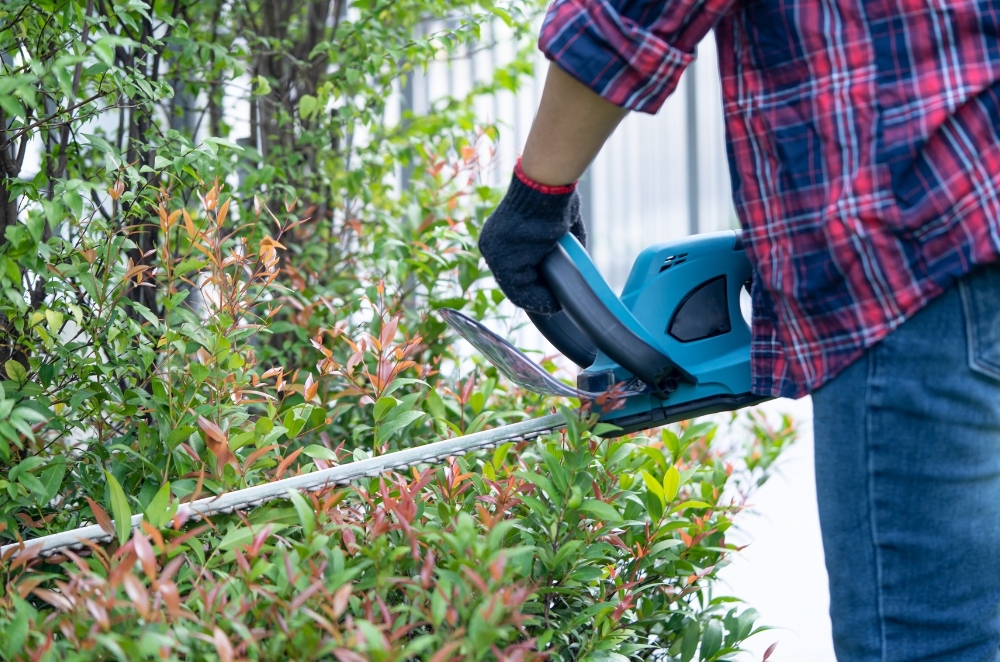For most people, the garden's just there, somewhere between neglected and tidy, depending on the week. But if you're living with limited mobility or managing a condition day to day, it becomes something else entirely. It’s the path to your door. The space where fresh air meets peace of mind. And when that space gets out of control? Everything else feels harder, too.
That’s why ndis garden services matter. They’re not just about lawn clippings and hedge trimming. They’re support. Quiet, practical support that keeps people safer, more independent, and less overwhelmed in their own homes.
What gets done – and why it matters more than you think
NDIS-funded garden work might not sound exciting on paper, but when your body doesn’t cooperate the way it used to, every overgrown corner becomes a hazard. Slippery leaves on a ramp. Roots pushing up paving. Branches hanging too low.
These services often include:
-
Regular mowing and edging
-
Pruning trees and shrubs
-
Weed control
-
Leaf and green waste removal
-
Tidying garden beds and pathways
It’s not about impressing the neighbours. It’s about reducing risks and making outdoor areas usable again, not just “there.”
Why winter works in your favour
You wouldn’t think cold weather has much to do with gardening, but it’s actually one of the best times to act. The plants slow down. Growth takes a back seat. And it means maintenance crews have time to catch up — or catch problems before spring arrives and everything doubles in size.
Winter also brings less pollen, less dust, and cooler working conditions — all ideal if you’ve got asthma or fatigue or just don’t want strangers working in your space during the middle of summer.
You can do more with less during these months. Fewer visits, longer-lasting results. And you won’t be dealing with last-minute spring chaos when bookings dry up.
Outdoor upkeep and your daily well-being
A messy yard doesn’t just stay outside. It follows you into your head, into your stress levels. It’s one of those things people shrug off until they don’t.
But when someone keeps the garden in check?
-
You stop worrying about tripping on the walkway
-
You use the space instead of avoiding it
-
Visitors stop hesitating at the front gate
-
You sit down outside without feeling guilty about what needs doing
It’s not magic. But it does take pressure off — and for some, that makes a world of difference.
Is it all covered under NDIS?
In many cases, yes. Yard maintenance falls under your plan’s home and daily living support — assuming it’s tied to your safety, mobility, or independence.
You don’t need to justify wanting a clean space. You just need to demonstrate how the garden affects your life. Maybe the overgrowth blocks your ramp. Maybe you can’t reach the tap because the hose is tangled in weeds. It adds up.
And even though NDIS is separate from aged care services, the logic is the same. Just like government garden maintenance support exists to help older Australians manage safely at home, the NDIS provides for similar help when there’s a disability involved.
It’s not luxury. It’s basic living — made manageable.
Looking past the mower – design tweaks that last
Sometimes it’s not about mowing at all. It’s about redesigning the space so it actually works for you. Lower maintenance. Easier access. Less bending and lifting.
That might look like:
-
Raised garden beds
-
Paving that doesn’t turn slick in the rain
-
Wide, flat walkways with handrails
-
Shady areas where people can sit comfortably
-
Smart irrigation that doesn’t need constant fiddling
If that’s where you’re heading, it helps to explore accessible garden design tips before jumping into changes. Some providers even work with occupational therapists or disability support workers to plan these adjustments properly.
Choosing the right person for the job
You’ve got options — registered or non-registered providers — depending on how your plan’s managed. But don’t just hire the cheapest person with a ute and a whipper snipper.
What really matters?
-
Showing up when they say they will
-
Respecting the fact that this is your home, not just a job site
-
Knowing how to spot hazards, not just trim edges
-
Being flexible if your needs change or health fluctuates
-
Understanding that disability support isn’t about shortcuts
It’s why many people turn to smaller, familiar crews. Because local garden support services tend to “get it.” They’ve worked with different clients, they know how to pace things, and they don’t need everything explained twice.
What a good provider should do
This isn’t just a gig. It’s support work, and the best providers treat it that way. Look for gardeners who:
-
Ask the right questions before starting
-
Respect privacy, especially during drop-ins
-
Clean up thoroughly and leave no new hazards behind
-
Communicate clearly about what they can and can’t do
It’s those little touches — the swept path, the returned bin, the careful check before trimming — that show they’re actually there to help, not just clock in and out.
Final thoughts
Gardening services through the NDIS aren’t about pampering. They’re part of the system that lets people live at home with less stress. That keeps things safe and sane. That offers back control, in small and necessary ways.
And winter? It’s one of the best times to start. Things grow more slowly. Providers have more breathing room. And you get ahead of the mess, instead of catching up.
Because when the space around you feels managed, it frees you up to focus on everything else — the things that actually matter day to day.



